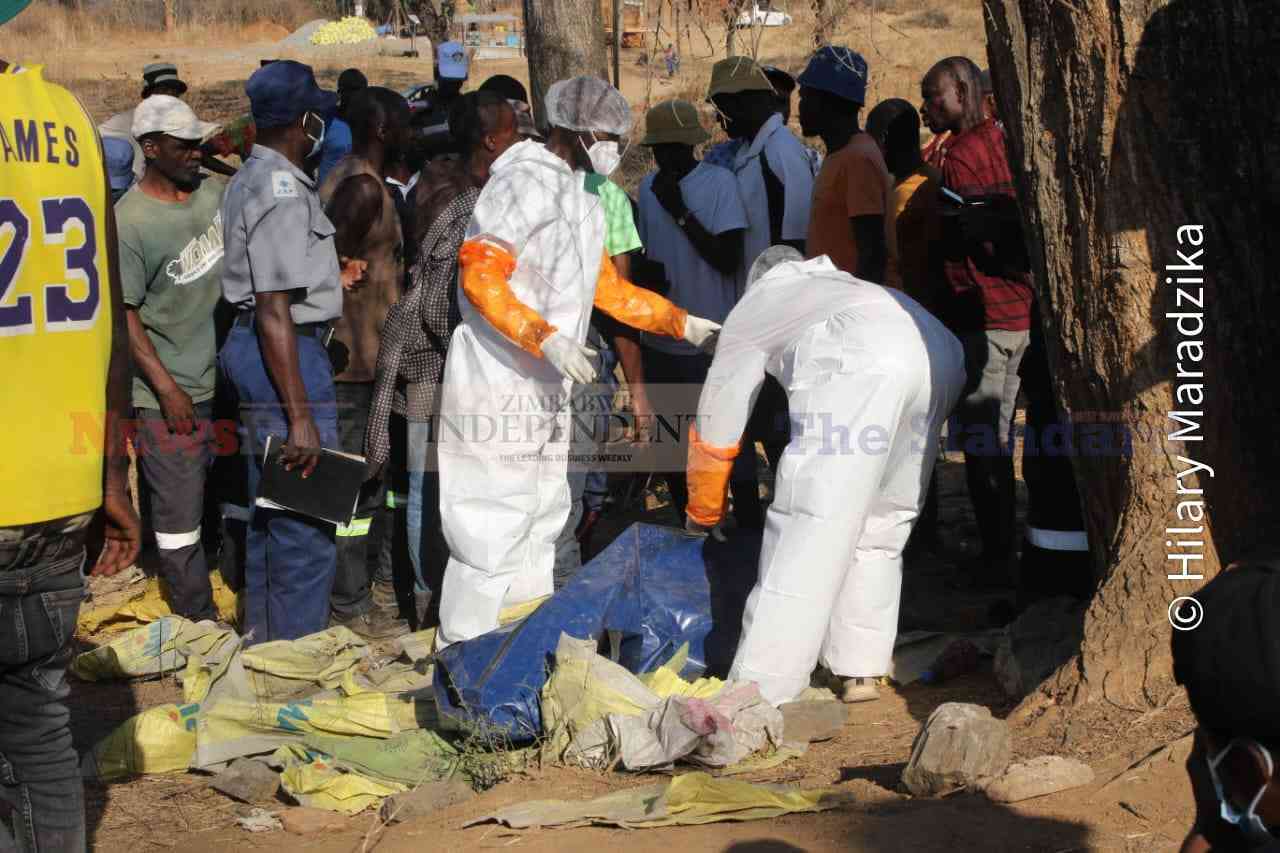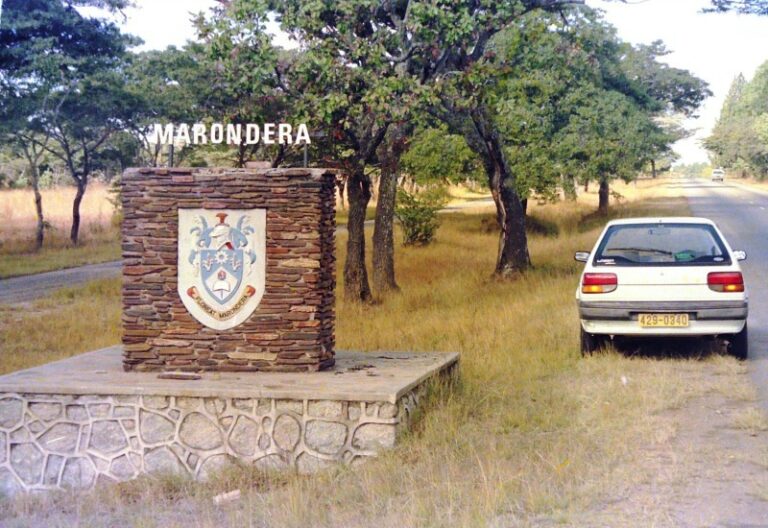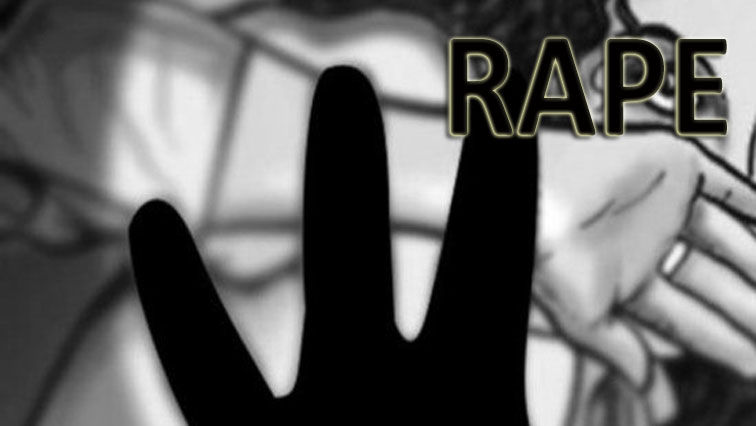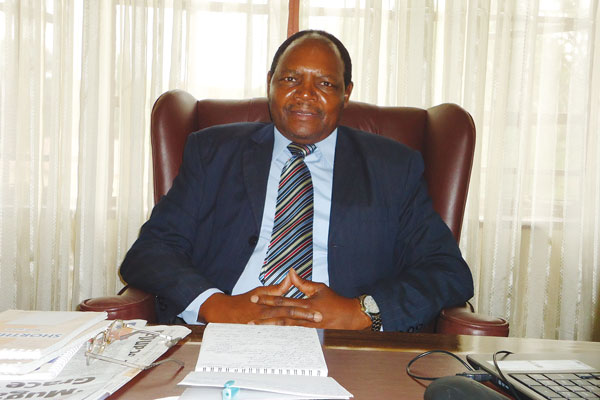
It’s around 12 midnight when Precious Gomba (48) is awakened by a loud droning sound.
Upon opening her eyes, Gomba found herself staring into thick clouds.
As she awakened to this strange spectacle above her, she came to the frightful realisation that the roof of her house was no longer there — something strange had happened.
As another blast of thunder hit her ears and a blinding flash of lighting walloped the black skies, she gasped in horror and reality dawned on her and she knew her roof had been blown away.
When she went outside to look, she could not believe her eyes.
Remains of her roof were strewn across the courtyard and one of her huts was on fire.
Her immediate reaction was to seek safety in the company of neighbours but she soon got to know that her predicament was actually far less than fellow villagers, some of whom had lost relatives to the raging storm and the accompanying lightening.
Gomba lives in Binga in Chabwidi village under chief Siabuwa.
- Secure your business premises: Police
- New law answers exhumations and reburials question in Zim
- DT Bio Mudimba: A sungura perfectionist
- Travelling & touring: Gandavaroyi Falls: Tourism’s hanging fruit
Keep Reading
Several villagers had lost their huts to the storm and in one particularly tragic scenario; a family had lost four members who were struck dead by lightning.
“I stood there in silence, trying to process what had happened.
“My hut was gone, and my neighbours here were grieving the loss of their loved ones. I felt overwhelmed and helpless,” Gumbo narrated the ordeal.
The onset of this rainfall season has once again exposed government’s ill preparedness to deal with unforeseen occurrences and natural disasters.
The storm left a trail of destruction of property and infrastructure across the country and government was clearly unprepared to handle the disaster.
The effects of climate change are beginning to be felt and nations around the world are putting in place mitigating systems to save citizens from disasters, but Zimbabwe appears to be far behind in this preparedness. There has been zero to minimal government reaction to disasters.
Before the crisis of the storm, the nation had been gripped by another calamity when an underground mining tunnel collapsed killing at least 15 young miners.
Those that live in Chegutu around the place of the disaster swear there were a lot more people that were buried alive in the mine.
The government called off the search of the ill-fated miners after it became apparent that with the rescue equipment available, the search would yield no more bodies.
What surprised observers was that the rescue operation was being led and facilitated by survivers of the disaster — using rudimentary equipment including ropes, old drums and other pieces of metal.
The government did not have proper rescue equipment or manpower.
“We still have up to 30 people that are underground at the moment,” National Housing minister Daniel Garwe said last week.
“The ground is moving, which is threatening the lives of rescue teams. Operations have been stopped for now until a suitable area to enter the ground is established.”
Families of those trapped inside the Chegutu mine shaft say some lives could have been saved if the government had responded quickly.
More than eight people lost their lives and several are still missing.
In a normal country, government should have taken the lead in the rescue mission.
However, a dozen ill-equipped artisanal miners went down the 250-metre pit daily, armed with picks and shovels to dig through the rubble in search of their colleagues trapped underground.
“Government is not prepared for such disasters.
"Those who survived owe it to the bravery of their colleagues. They risked their lives going underground to help their colleagues,” said Jane Mucheni whose two sons were still missing.
The scars of pain were still alive for hundreds of people from Chimanimani in Manicaland where Cyclone Idai, pregnant with heavy storms and vicious winds, visited death and destruction at a vast settlement.
Hundreds of people were killed during several days of non-stop deluge and that disaster too exposed the government for lack of disaster preparedness.
Four years after the devastating cyclone, scores of survivors have since deserted the makeshift shelters and houses that the ill-prepared government had set up to accommodate those that the storm had rendered homeless.
Not only were the houses and other structures unsuitable for habitation, but even the geographical location was not acceptable to the beneficiaries, most of whom trekked back to their original areas to rebuild.
“They would rather risk being swept away by another cyclone than starve to death in the barren areas where government has relocated them.
“Government only provided shelter but these are people who had their livelihoods destroyed forever and they need to start afresh, right from crop planting to key health and educational facilities,” said an NGO representative working with the group.
Meteorological Services Department (MSD) head James Ngoma told The Standard that his department was well equipped to deal with natural disasters.
“We have early reaction teams that we coordinate in cases of crisis such as the Red Cross, United Nations Development Programme and other players who are in different districts,” Ngoma said.
“So those organisations have anticipatory action where natural disaster is anticipated; they give district resources before they are affected.
“Additionally we have a disaster response team that assists people with food, transport and temporary shelters after their homes have been destroyed. We also have evacuation centres that have been constructed in different districts.”
He said the department was working with other state agencies to raise awareness on issues around natural disasters.
“We have a national disaster committee, so each year we have partners from the department of civil protection and other non-governmental organisations,” Ngoma said.
“We have come up with what we call a contingency plan. So this year, the contingency plan was held in Kwekwe and we had a number of people who attended.
“We also have state aiders, people who are responders to disasters, people who are able to move people and educate people.
“We have campaigns that are currently happening in local communities that are prone to disasters.”
The government’s t ill-preparedness in dealing with natural disasters is also evident in urban areas.
A study by Action Aid shows that many people in urban areas are also affected by floods that can be avoided.
“Localised flooding occurs many times a year in slum areas because there are few drains, most of the ground is highly compacted and pathways between dwellings become streams after heavy rain.
“Such drains and culverts are often blocked by waste and debris,” reads the research findings
Several families in Harare and Chitungwiza are always left counting their loss after flash floods destroy their property.
The situation has been exacerbated by city officials and land barons that constantly illegally sell land on wetlands.
Zimbabwe Coalition on Debt and Development (Zimcodd) said government should invest in equipment for the Department of Civil Protection (DCP) to enable it to speedily and effectively respond to disasters and not rely on other agencies as is the case at the moment.
“The US$7.3 million allocated to the Department of Civil Protection (DCP) for disaster risk management is not sufficient to build national disaster management resilience,” Zimcodd said.
“This is because in 2019 DCP made a submission requesting to be allocated US$10 million, which it said would be enough to fulfil its mandate. However, the DCP was only given US$2.3 million.
“Therefore, relying on the DCP`s request, US$ 10 million should be a reasonable benchmark for disaster risk management allocation.
“Thus, it should be the floor standard and not ceiling standard.
“Nevertheless, there has been a positive increase from the US$2.3 allocation in 2019 to US$7.3 million in 2022 although a lot still needs to be done to have a viable disaster management system.”
In recent decades, Zimbabwe has witnessed a surge in natural disasters because of climate change.
Zimbabwe has launched a disaster loss database which will see the detailing and tracking of all manmade and natural disasters across the country.
The platform was developed with the help of the United Nations Office for Disaster Risk Reduction under its Sendai Framework for Disaster Risk Reduction 2015-2030.
Sendai Framework for Disaster Risk Reduction 2015-2030 aims to achieve substantial reduction of disaster risk and losses in lives, livelihoods and health and in the economic, physical, social, cultural and environmental assets of persons, businesses, communities and countries over the next 15 years.
Local government deputy minister Marian Chombo said the disaster loss database would help in accurate reporting of disasters and losses.
“The tool will go a long way in accurate detailing and reporting of disasters,” Chombo said.
“We hope the Department of Civil Protection will upload accurate details on the platform.”










